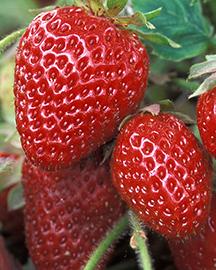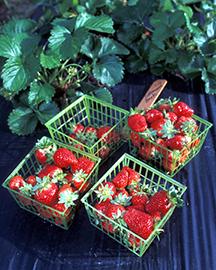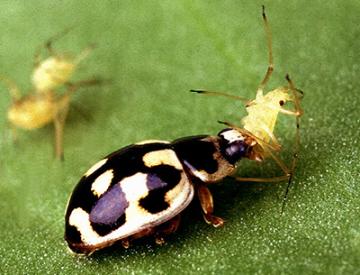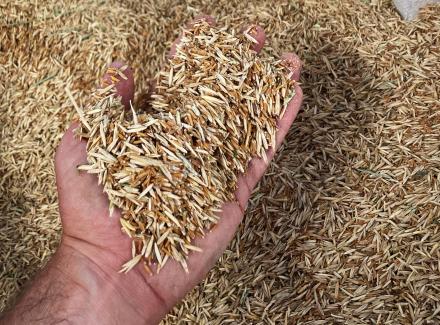Witch Hazel, Not Just for Grandma Anymore!
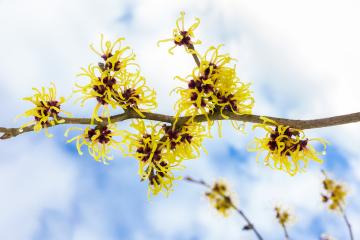
Witch hazel is a popular folk remedy that your grandmother or great grandmother probably used to treat a variety of skin ailments, including acne and inflammation. But, according to a recent study by ARS scientist Reuven Rasooly and his team with the Foodborne Toxin Detection and Prevention Research Unit, witch hazel’s exalted place in folk medicine isn’t just hype.
The team discovered that witch hazel extract was extremely effective in suppressing bacterial pathogenesis, or the ability of bacteria to further develop and produce harmful toxins. Rasooly explained that pathogenesis is the root cause of many persistent infections and accompanying complications.
For consumers, witch hazel’s ‘smart’ antimicrobial properties make the plant a great way to fight bacterial pathogens, especially those that have notoriously developed resistance to conventional antibiotic treatments. Read "Witch Hazel Spells Trouble for Harmful Microbes" to learn more.






